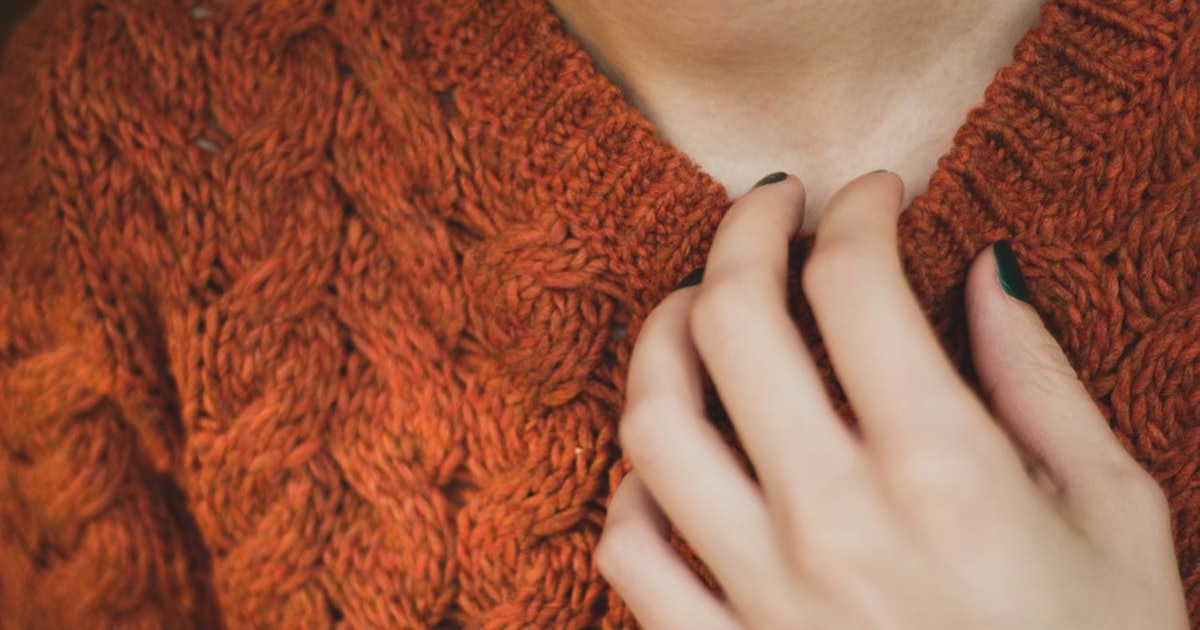Methods Of Treating And Preventing Autonomic Dysreflexia
Autonomic dysreflexia, a syndrome that leads to a sudden onset of high blood pressure and can be accompanied by low heartbeats, is not uncommon. In fact, about fifty percent of individuals with a spinal cord injury get it. It is most common in individuals with spinal cord injuries, at, or above the thoracic (T6) nerves of the spine or above. If not properly managed, autonomic dysreflexia can lead to seizures, a stroke, or even death. When the skin or bladder is irritated, signals are sent to the spinal cord, which triggers a reflex action. This reflex tightens blood vessels below the injury, causing blood pressure to rise. Preventing and treating autonomic dysreflexia is extremely crucial.
Sit Up When Possible

Sitting up helps blood move to the lower parts of the body and helps ease blood pressure. Individuals should stay in the correct posture, which means having their back straight and raising their head so they are looking straight forward. If individuals are in a position to lower their legs, they should do so. If they have to transfer to a bed or are in bed, individuals must keep their head and upper body elevated from the lower part of their body. Lying down can elevate their blood pressure even more. Therefore, when an episode comes on, individuals should sit up when possible and remain in this position until their blood pressure is back to normal.
Take Off Tight Clothes

At times, autonomic dysreflexia can be caused by skin conditions. When individuals feel the symptoms coming on, they should check for and take off any tight clothes they are wearing. An abdominal binder, necktie, compression socks, leg-bag straps, collars, belts, and shoes also fall under this category. As a preventative measure, individuals should wear loose-fitting clothes. In cooler months, they can layer clothes to ensure they are warm enough, but they should still be loose-fitting. Something else individuals can do is to avoid tight-fitting shoes or have shoes they can easily slide on and off at intervals. Their body might not be as sensitive as before, which means their ability to know their clothes are restrictive has to come more from vision than actually feeling restricted.
Medication

When it comes to autonomic dysreflexia, medication is generally used if the triggers cannot be identified and eliminated. Medication can also be used if an episode persists even after the elimination of all the suspected triggers. The most commonly used drugs are nifedipine (immediate-release form) as well as nitrates. Other commonly used agents are prazosin, captopril, terazosin, mecamylamine, diazoxide, and phenoxybenzamine. Men with spinal cord injuries are put on specific phosphodiesterase inhibitors for sexual dysfunction. In this case, nitrates are contraindicated. In the same vein, antihypertensives are used with extreme caution in older patients, and individuals with coronary heart disease.
Use The Bathroom Regularly

After a spinal injury, there will be many changes in how the body functions. This will include bowel and bladder functions. While an individual's bladder will still store urine from their kidneys, their brain may not be able to control their bladder because of the injury. This can make patients more susceptible to urinary tract infections. Similarly, their stomach and intestines will work as same as always, but again they will have less control. For these reasons, it is important to use the bathroom regularly.
However, if an episode happens, despite this, individuals can still manage the situation by checking their catheter and removing any kinks present, emptying the collection bag, and irrigating it. If it does not drain, individuals should replace it immediately, and if an episode happens during a digital stimulation, patients should cease the stimulation until the symptoms subside. Conversely, if an episode occurs while doing a bowel program in bed, individuals should use commode bowel evacuation.
Watch For Bladder Infection Signs

After a spinal injury, the bladder cannot function as well as it should. For this reason, it is imperative for patients to watch for bladder infection signs as well. The leading causes of urinary tract infections include not emptying the bladder properly, not drinking enough water, using dirty supplies, and not changing catheters on time. A urinary tract infection can be characterized by signs such as a fever of above 101 degrees Fahrenheit, traces of blood in urine, a burning sensation when urinating, and feeling like urinating all the time.
An autonomic dysreflexia episode that remains unexplained by most of the other causes can also be due to a urinary tract infection. Drinking at least eight glasses of water a day, keeping a regular toilet program, and draining the bladder completely can help prevent the development of a urinary tract infection. Individuals should always wash their hands before emptying their bladder and handling their catheter and other supplies.
